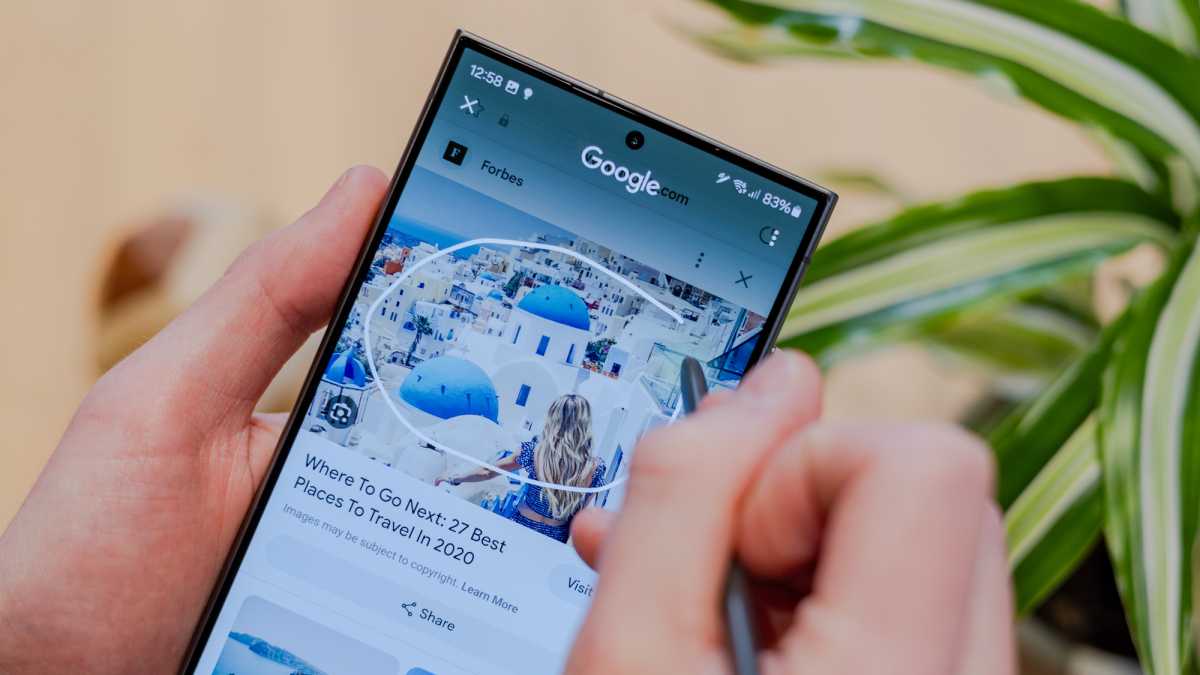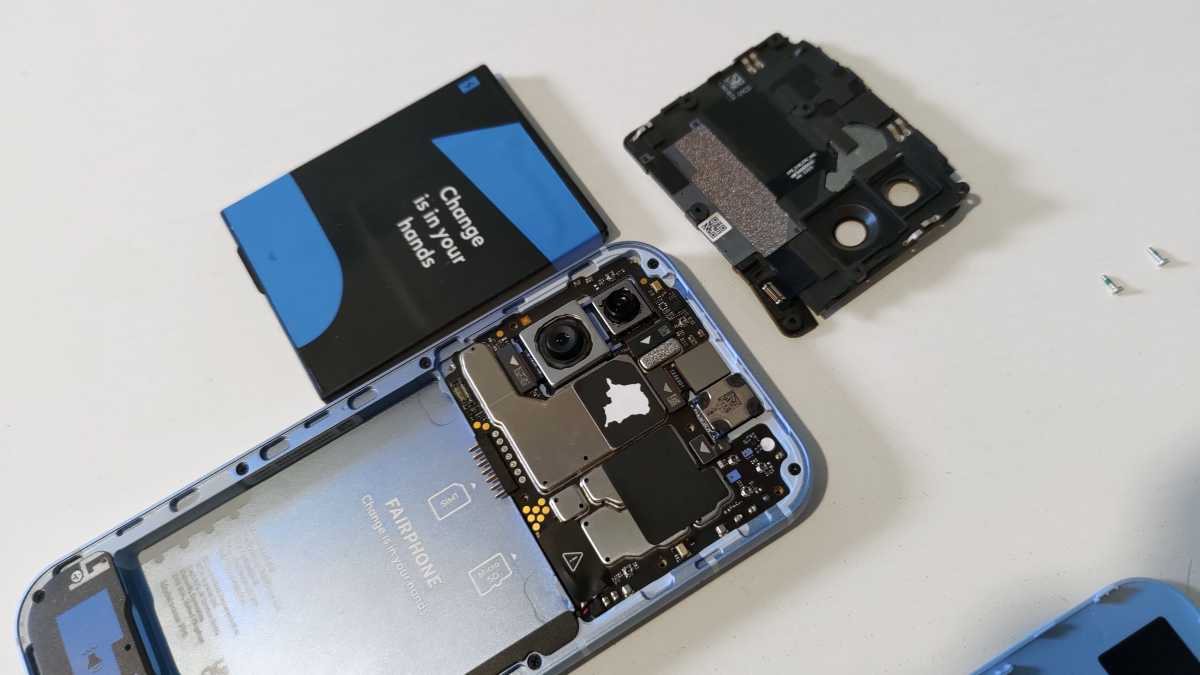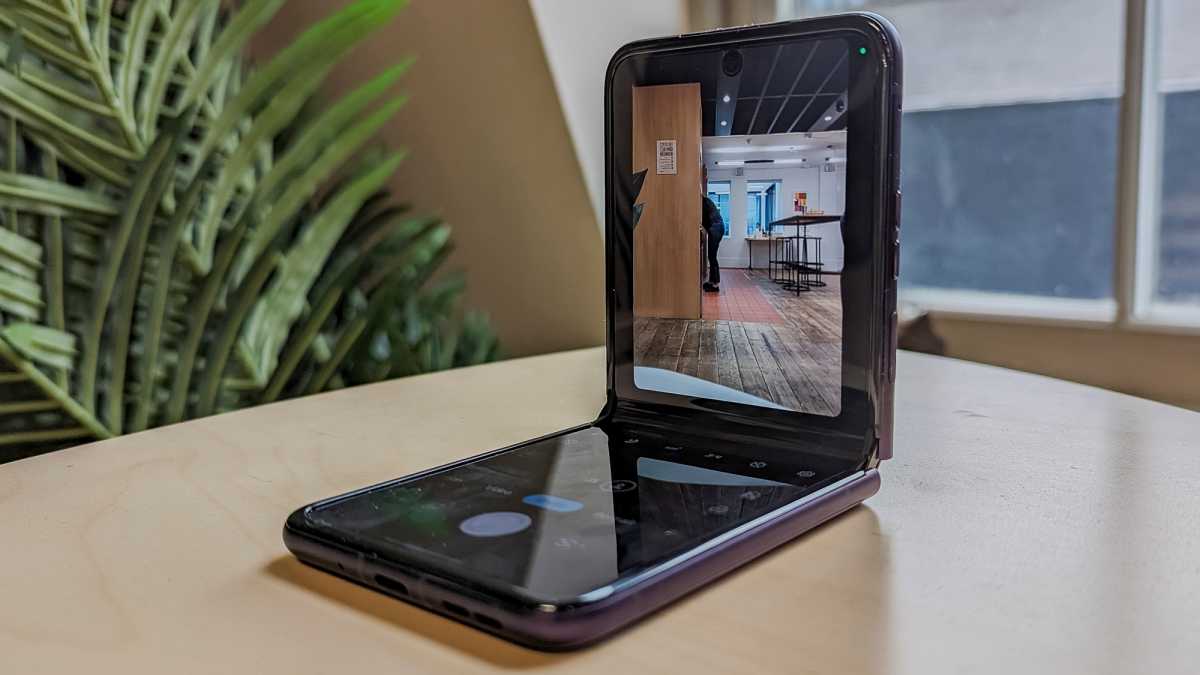
Image: Dominik Tomaszewski / Foundry
The world of smartphones has obviously become an integral one to most people’s lives over the past decade and a half.
But what innovations and trends can we expect in the rest of the year and beyond that will actually improve the user experience? Here are five smartphone trends for 2024 that actually matter.
Looking for a new smartphone? See our round-ups of the best budget, mid-range and flagship smartphones.
year ahead that will bring back the wow factor or simply make things better for users? Here’s the top trend we think will matter most in 2024.
1. On-device AI
There’s been an explosion of interest in and use of AI over the past year.
Gone are the days when Siri looked clever (to be fair, they didn’t last long). Now, thanks to the likes of ChatGPT, Claude and similar software breakthroughs, we’re beginning to have AI write our emails, craft CVs, create artwork for projects, and even screen your calls for you.

Dominik Tomaszewski / Foundry
While these are great, many of the features people have started using are internet-based, requiring all the work to be done in the cloud. But that’s changing this year, with more on-device AI capabilities being baked into new phones.
Samsung Galaxy S24 range is leading the way, though Galaxy AI has since been added to lots more Samsung phones. It includes real-time call translation (a feature also available on the Asus Zenfone 11 Ultra), article summaries and Circle to Search, though the latter also works on the Pixel 8 and Pixel 8 Pro.
It’s not on-device AI, but you can also use artificial intelligence to edit photos on any smartphone via Google Photos.
Learn more in our separate guide to the best smartphones for AI features.
2. Sustainable and environmentally friendly tech
It should hardly have escaped anyone’s notice, but the world isn’t exactly in the best of health at the moment. The current scale of the climate change crisis going on might not be immediately apparent to some, but it’s having an effect on both manufacturing and consumer demand.
There are some companies already innovating in this area, with the Fairphone 5 an excellent example of how you can produce smartphones that are good, will last for years and can be easily repaired. Other phones, including the Nokia G22 and HMD Pulse devices, are also easily user-repairable.
More stringent rules on the right to repair and how long companies support their products with security updates has seen some positive movements too.

Mattias Inghe
On the software side, both Samsung and Google offer seven years of OS and security updates for flagship phones, with the likes of Apple and many other Android phone makers not far behind.
Consumer appetite for this suggest people want to hold onto their phones for longer, which is a good thing for the environment. But it also challenges manufacturers to make the differences between new and old devices much more impressive, to tempt customers to upgrade their phones. This could push innovation while also saving the planet. Not a bad deal all round.
Another environmentally-friendly option is to buy a refurbished phone, which is definitely worth considering. It could also save you a lot of money compared to buying new.
3. Cheaper folding phones
The foldable smartphone market has been one of the most interesting areas in recent years, as it brings a new style of device that looks to be the future of the platform.
One key problem with them though is cost. Sure, most flagship phones come with eye-watering prices, but the foldables take it to another level. This could change soon though, as the technology matures and the cost of production comes down.

Chris Martin / Foundry
The Nubia Flip 5G is the cheapest we’ve seen at just $599, while the regular Motorola Razr 40 isn’t far behind at £799/$799.
However, the big name in the the foldable space, Samsung, looks set to make cheap foldables of its own. The Galaxy Z Flip FE and Galaxy Z Fold FE could both be significantly more affordable than their regular counterparts.
If foldables are to become more popular, then they need to be cheaper, so these rumours could point towards a bright future for the sector in the coming year.
4. Better zoom lenses
Smartphones are almost sold primarily on their cameras these days. They all do pretty much the same in other departments, so the question we hear most people ask about a new model is “are the cameras and good?
For the most part, any mid-range or flagship phone these days takes great photos, but one area that’s proved elusive is zoom. While pretty much every phone lets you zoom in on a subject, relying on a digital version often makes images appear blurry and grainy.
To get optical zoom, which doesn’t compromise on image quality, you need a telephoto lens. But this requires a large sensor, which often adds extra bulk to the device.

Chris Martin / Foundry
Recently, we’ve seen companies experimenting with periscope lenses, which utilise prisms and mirrors to create physical zooms without the bulk. We’ve seen these appear on models such as the Honor Magic 6 Pro, Samsung Galaxy S24 Ultra, Apple iPhone 15 Pro Max and Xiaomi 14 Ultra, which appear to offer the best of both worlds.
A 5x, 3x or even 2x telephoto can make a big difference to the quality of zoom shots, so it’d make sense for its rollout to be accelerated throughout 2024 and beyond.
5. Better battery life
If there’s one thing that is the bane of smartphone users’ lives, it’s having to worry about your phone running out of charge and becoming a very expensive paperweight. Things are changing though, which could make life a little less stressful for those who fear the low-power warning message.
Computerworld recently reported on how Apple was working with designs to improve the batteries on its upcoming phones. These include new conductive materials that would allow for batteries to charge faster and discharge slower. The dream!
You can be sure if Apple is working on this, then the likes of Samsung and the other tech giants will all have variations of their own.

Martyn Casserly
It’s not just the batteries themselves that should bring longer stretches between recharges, as the use of other components will lower the demands on the cells within new smartphones. These include new LTPO displays that draw less charge, AI software that cleverly manages the resource demands of apps, and chipsets that prove more power efficient.
We’ve already seen evidence that smartphone makers are delivering on these innovations in 2024. Hopefully this continues throughout the rest of the year and beyond.
Looking for specific devices that are on the way? See our round-up of the best smartphones coming in 2024.























